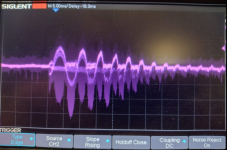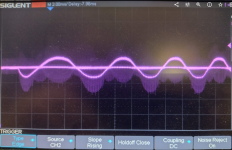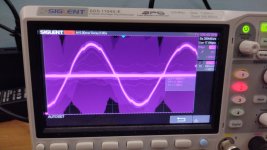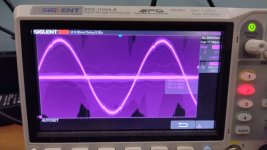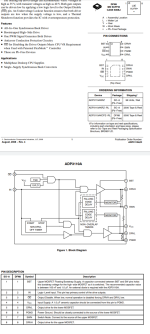i've not seen that chip before, but yes i use Vce instead of Vge because the Vce voltage is where you see if its actually OFF, not the gate. The gate is the command, not the actual. In high power motor drives you can't afford a mistake, the stored energy in the DC link cap is so high a shoot-through is catastrophic. Also, my solution is isolated (as required in industry).
Re. The loss of torque... You mean speed I guess? And only relative to minimizing it physically... I'm fairly certain you don't lose anything by doing the compensation in software as compared to not doing it.
DC bus utilization shows up when mathematically derived it from first principles... but it can be seen simply like this, when software needs to increase the PWM a bit to compensate for the dead time it must have the head room always
reserved to do that. this doesn't matter too much until you want to run at full power but can't because deadtime compensation by software always requires some PWM %. so that is the loss of torque.
What i wonder about.. maybe you gain the loss of torque back by re-shapping the inverter's phase current? if your deadtime compenstation makes the sinusoid shape better .. do you actually produce more torque? in theory yes because sinusoidal shape is better aligned with motor's bEMF (which we assume is perfectly sinusoidal). thoughts?


